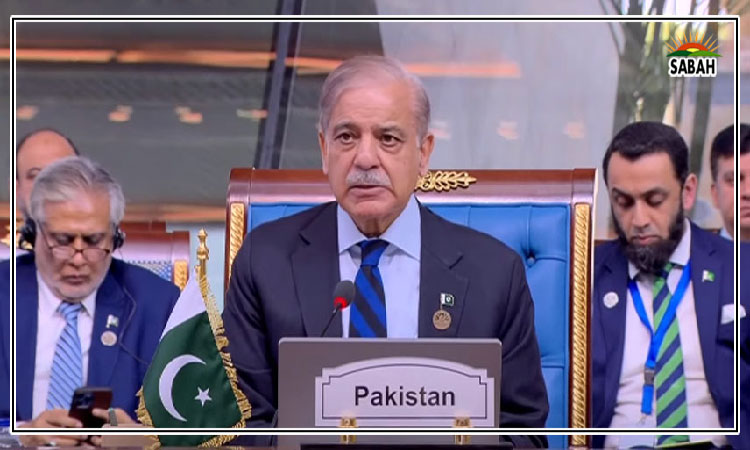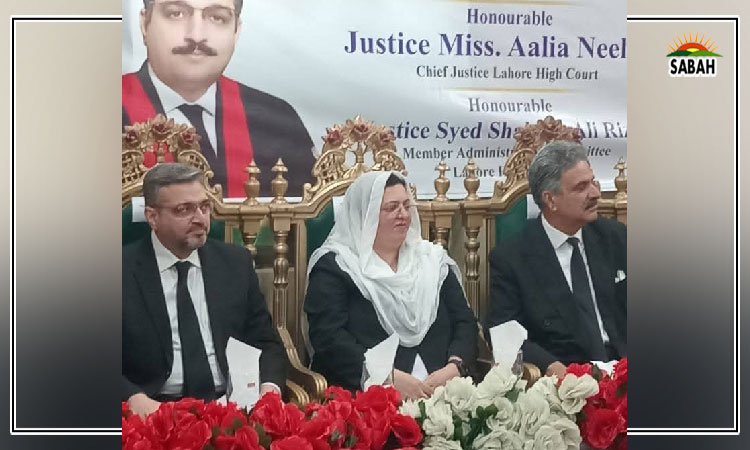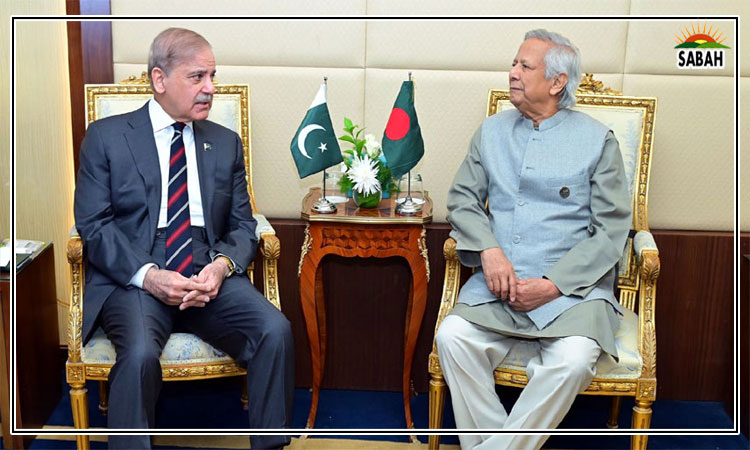The war of liberation… By Sarmad Khawaja
What should we make of the War of Liberation of 1857 whose 166th anniversary is today – May 10? Looked at from the side of the freedom fighters it is a magnificent feat of anti-colonial resistance. Look closer and it’s a good bet you will see it illuminates the history we carry within us.
Now, from the freedom fighters’ side, the story of the 1857 War may be less familiar to a broad audience, but it goes like this: 166 years ago, in central India’s cantonments all ten regiments of the Bengal Light Cavalry and infantry rebelled and ousted the British. Soon the whole territory was ablaze; a mass movement raged in Oudh; a peasant uprising overran Benaras. All over the country, the news of faltering British power was met with scenes of joy; In the towns a carnival atmosphere reigned. Sweets were distributed in the streets.
But no matter how popular and valorous, the freedom fighters, mainly sepoys, peasants, urban poor and disaffected nobles, had no chance in the match. Because facing them was the preeminent world power, the British, and a formidable lineup of collaborators created in their image: Rajas, the westernized class, chiefs and rural elites.
Still, the British spared no effort to defend their ‘jewel in the crown.’ They raised an enormous new army of 130,000 men. Yet, the freedom fighters persevered, compelled not by any ‘religious superstition’ as colonial historians misleadingly claim, but as Thomas Carlyle said of the French revolution, mainly by the ‘hunger and nakedness and nightmare oppression lying heavy on millions of hearts.’ Millions of discontented people is something historians can’t ignore!
Which brings me to the source of their discontent: greed, and the mind-boggling savagery with which the British pursued it. From pillaging Bengal alone, the British made GBP232 million, reports Nicholas Dirks in ‘Scandal of Empire’. Clive pocketed GBP22 million. The British extracted from India profits of GBP18 million annually during the late 18th and early 19th centuries.
Aside from how predatory taxes skimmed away tremendous wealth consider how the British malguzari system turned millions of farmers into landless laborers: it made revenue collection into private business; And by fixing cash tax assessments forced poor farmers to sell land rights to pay taxes. Also, switching to cash crops from food crops to supply Lancashire factories with cheap raw cotton, indigo and jute created food shortages and frequent famines.
The losses were colossal. The Great Bengal Famine in 1770 alone killed ten million people. It is ‘a blood-boiling tale of callousness and malevolence,’ says the Nobel laureate Amartya Sen. And, as the famine raged, the British exported grain, extracted even more taxes from the dying population, and hanged the defaulters. British-made famines raged throughout their rule ‘aggravated by Malthusian colonial officials who saw in them a solution to India’s overpopulation,’ writes Shashi Tharoor in ‘Inglorious Empire’. Between 1770 and 1900, famines killed twenty-five million people.
To top it all, British policies destroyed our manufacturing towns by flooding markets with cheap Lancashire cloth, while taxing exports, which shut down factories and forced weavers out of work. Exports of fine silks from Dacca declined from 8 million pieces to nothing. Its handloom industry was wiped out, its population fell to 20,000 in 1837 from 150,000 in 1815. Remember, a few years earlier Bengal was Asia’s largest exporter of fine silks to Europe.
In five decades, India’s share of world manufacturing production fell from a quarter in 1750 to less than two per cent, and per capita income, in terms of purchasing power of wheat, fell to less than what it was three hundred years earlier. The British destroyed ‘what had been a flourishing domestic and village industry,’ writes Eric Hobsbawm in ‘Age of Revolutions’.
In reports on the 1857 War, Karl Marx explains how similarly the British tore apart village communities: the unity of small agriculture and handicrafts industries on which the villages rested was torn apart by British commerce ‘to the extent that it destroys by the lower price of its goods the spinning and weaving industries which are an integral part of this unity.’ The disruption wrought upon the people was beyond imagination but the British nurtured the Rajas, chiefs, rural elites and their petrifying feudalism subjecting the people to double mistreatment.
Sure enough, because of pent-up rage and resentment against the British and collaborators, the 1857 War was vicious. When it ended British retribution, born of fear, was savage: rebels were tied to field guns and blown up. Their severed heads were picked up by British officers, used as cigar-holders and displayed in pubs as mementos of their global civilizing mission! Villages were plundered, thousands were executed in Sialkot, Sahiwal and in cities and towns across India. 27,000 people were hanged in Delhi alone.
State execution is a brutal weapon, but the British used it liberally. They crafted heinous mayhem scenes chillingly described by Rajmohan Gandhi in his book Punjab: six thousand were slaughtered in Allahabad. In another killing spell four hundred rebels were hanged, while attending British officers sipped whiskies and sodas and regimental bands played!
Such was ‘The British Lion’s Vengeance on the Bengal Tiger,’ gloated Punch.
Thus was the ‘East cleansed by British steel,’ crowed Rudyard Kipling.
For ‘cleansing’ India, 180 men got Victoria Cross, as many as in World War II. The Rajas, chiefs and rural elites got jagirs, grants of taaluqdari of villages, and sham titles. As well, protection of British bayonets to torment the people and to serve the ‘Empire with exemplary loyalty and devotion.’ British greed and geopolitics entrenched this oligarchy as a matter of policy. Groomed in chiefs’ colleges, the chiefs and rural elites have consolidated land, resources and power in their hands through independence and into the current era.
Yet, an exceptional feature of the 1857 War, as Karl Marx reported, was that Muslims and Hindus ‘renouncing their mutual antipathies, have combined against their common masters.’ It didn’t take the British long to conclude that pitting them against each other was the way to rule India. Henceforth, inciting Muslim-Hindu conflict was the centerpiece of colonial policy reaching its zenith during Partition which left a million people dead.
So now, overt Muslim-Hindu amity, a hallmark of 1857, is hard to imagine. The Muslim-Hindu conflict is still out there. So is the system that perpetuates backwardness and poverty of millions of people and feeds on this conflict.












